CPW Releases Video Highlighting 10 Years of Efforts to Restore Endangered Black-Footed Ferret
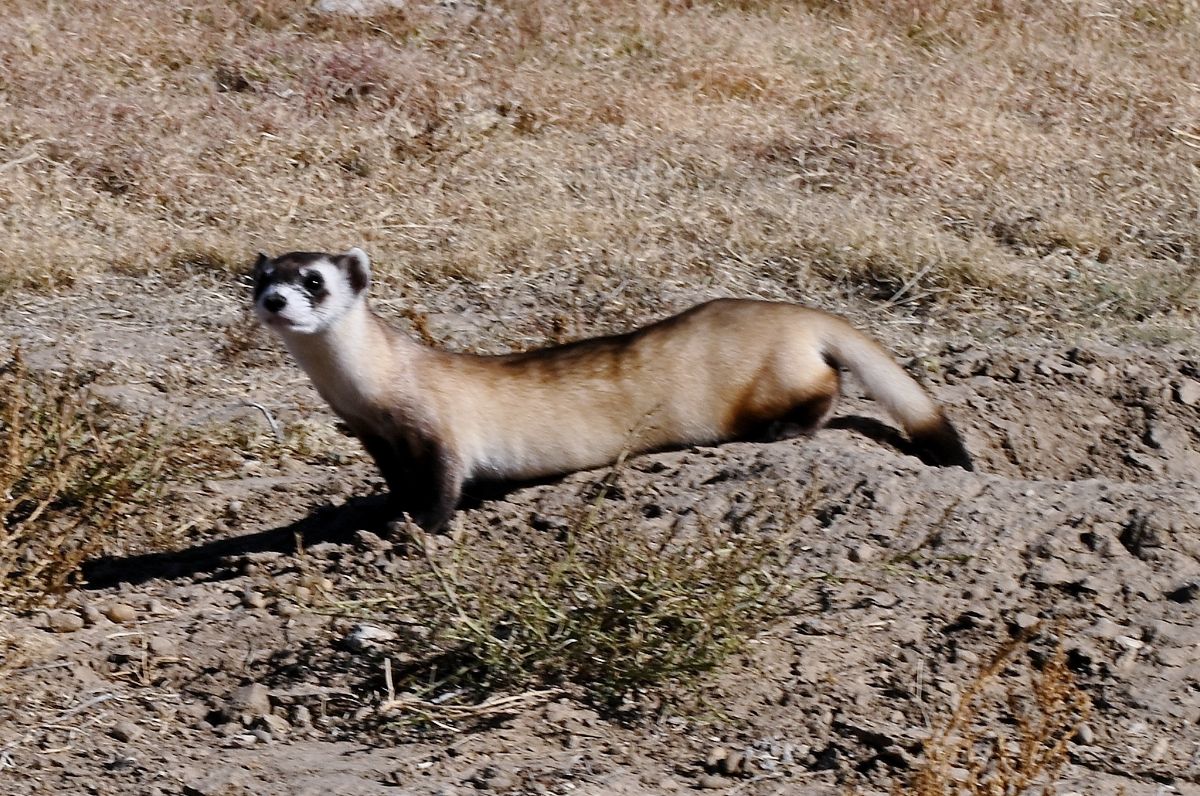
Description: A black-footed ferret peeks from a prairie dog burrow on the Walker Ranch near Pueblo after it was released by Colorado Parks and Wildlife on Nov .16, 2022. (Photo is courtesy of Colorado Parks and Wildlife / Bill Vogrin)

CPW Releases Video Highlighting 10 Years of Efforts to Restore Endangered Black-Footed Ferret
DENVER – To celebrate a decade of wildlife conservation work helping to restore the black-footed ferret – one of the rarest and most endangered mammals in North America – Colorado Parks and Wildlife has released a video documenting its history and the agency’s recovery efforts.
The nearly 12-minute video features Tina Jackson, CPW’s species conservation coordinator, recalling how the black-footed ferret was listed in 1967 as endangered under the federal Endangered Species Act and was later believed to be extinct.
They disappeared in the wild due to habitat loss, widespread poisoning of prairie dog colonies and disease. Black-footed ferrets still face a list of fatal threats including sylvatic plague and canine distemper which can quickly wipe out entire colonies.
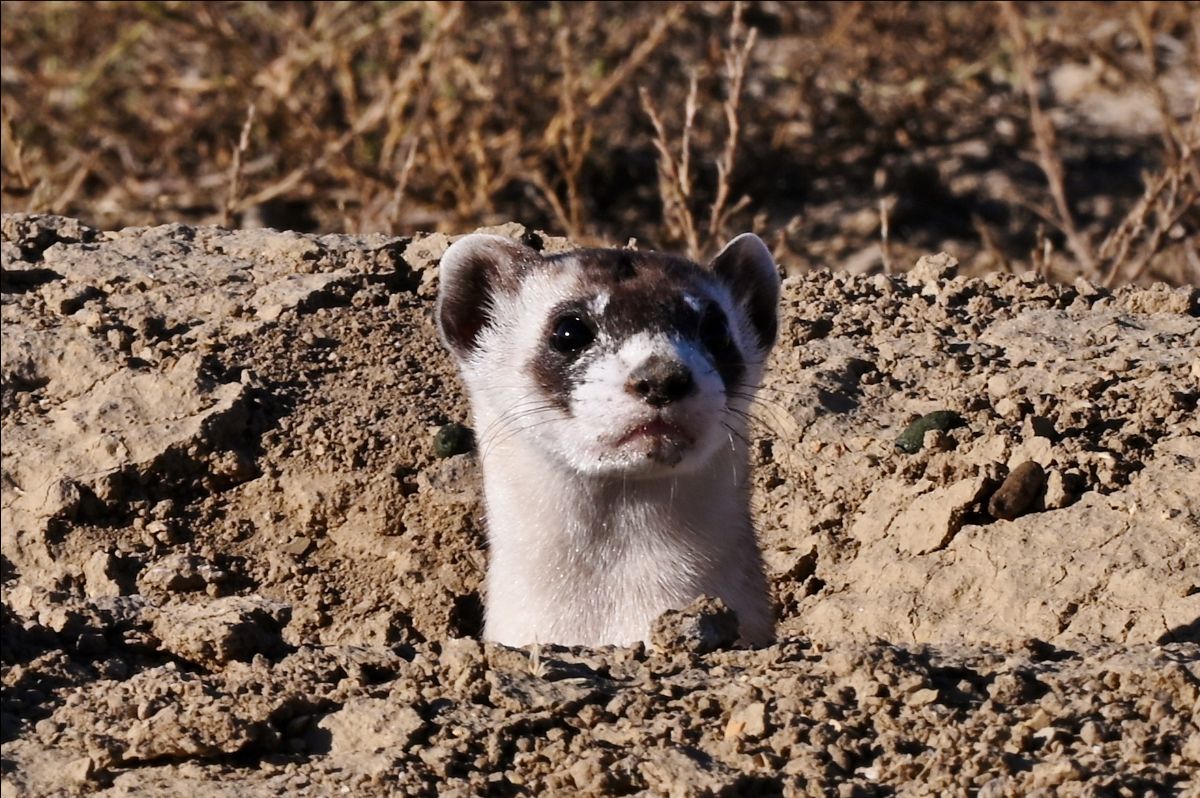
The last official record of a wild black-footed ferret in Colorado was near Buena Vista in 1943. Then, in 1979, the last known black-footed ferret in captivity died, and the only ferret species native to North America was believed to be lost.
But in 1981, a small colony, or remnant population, of 129 ferrets was discovered on a ranch near Meeteetse, Wyo. This population, however, soon experienced significant declines due to canine distemper and sylvatic plague. So in 1986, the U.S. Fish and Wildlife Service captured the remaining 18 wild ferrets and set up a captive breeding and species preservation program. Those ferrets became the seed population for all subsequent captive breeding and recovery efforts.
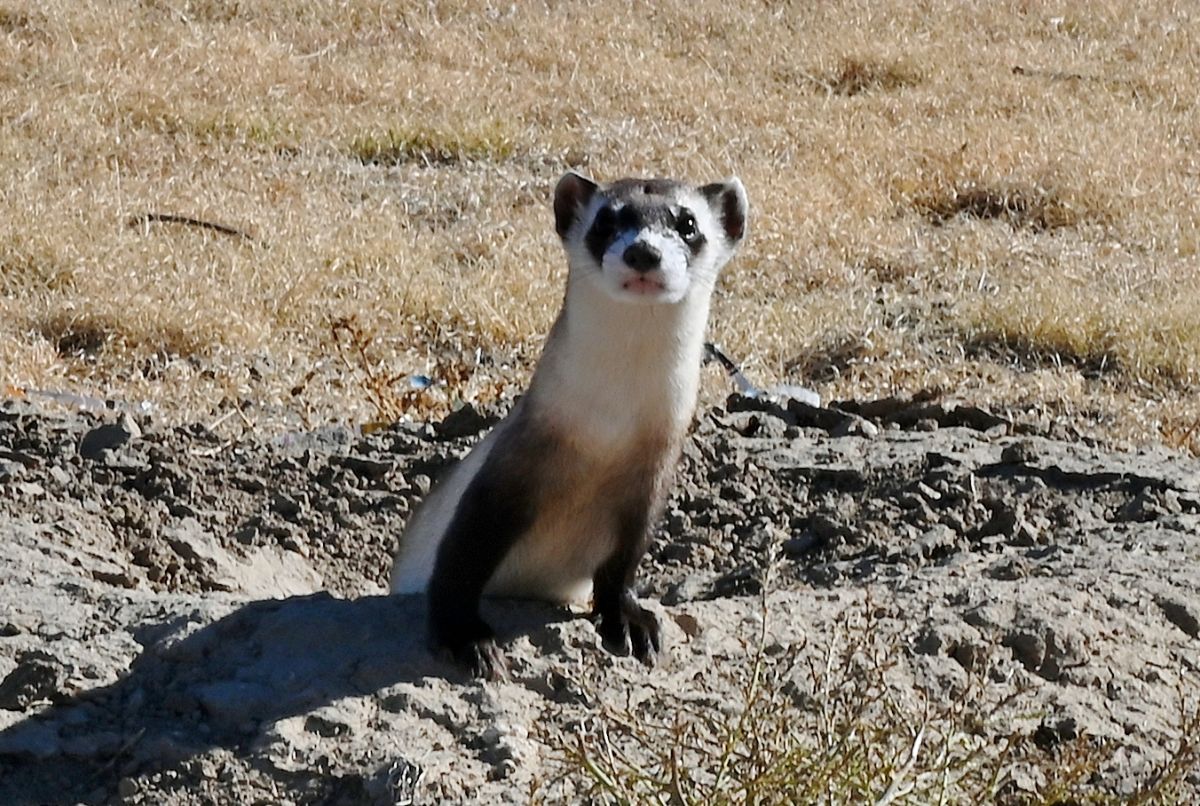
“Only seven of these rescued black-footed ferrets turned out to be breeders,” Jackson said. “We call them the ‘Magnificent Seven’ because all the ferrets we’ve released since then are descended from them.”
Today, Colorado is one of eight states and over 50 total partner agencies involved with the recovery of the species through reintroduction. It has not always gone smoothly.
Ferrets were first reintroduced to Colorado in 2001 at Wolf Creek, north of Rangely. After dozens were released over several years, that site succumbed to a plague outbreak and collapsed by 2010.
A new Eastern Plains reintroduction strategy began in 2013 with the release of 500 ferrets to six Colorado sites over a period of years. In order to be released, individuals have to display their ability to survive in the wild. This training and preparation takes place at the National Black-Footed Ferret Conservation Center in Larimer County.
The restoration of any threatened or endangered wildlife species is deemed successful when released animals begin reproducing on their own in the wild and Recovery Plan goals are met. Black-footed ferrets mate in early spring and give birth to a litter of three or four mouse-sized kits after a seven-week gestation period. In Colorado, the most successful natural breeding site is at the Rocky Mountain Arsenal National Wildlife Refuge in Commerce City.
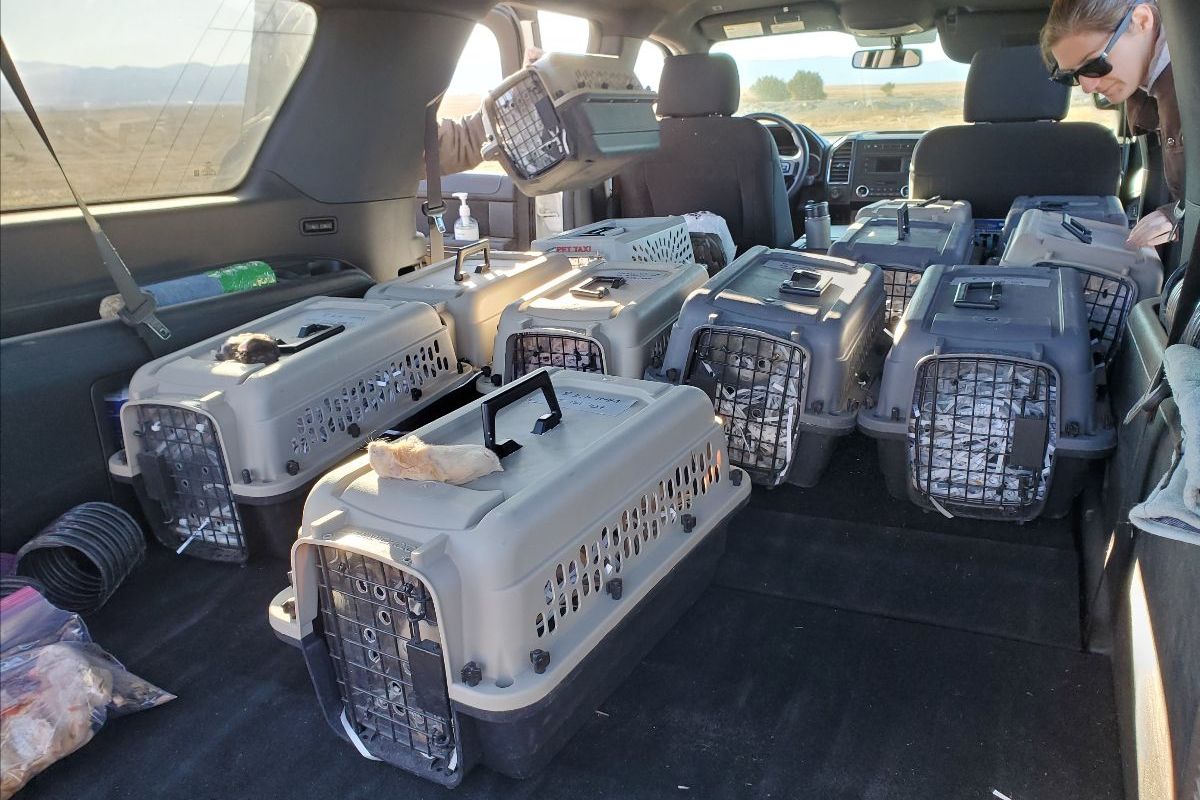
Jackson, and the video, highlight the federal captive breeding program and the participation of zoos in helping with the effort. The video, by CPW videographer Jerry Neal, also features historic video of the “Magnificent Seven” from the rediscovered population in Meeteetse and other images.
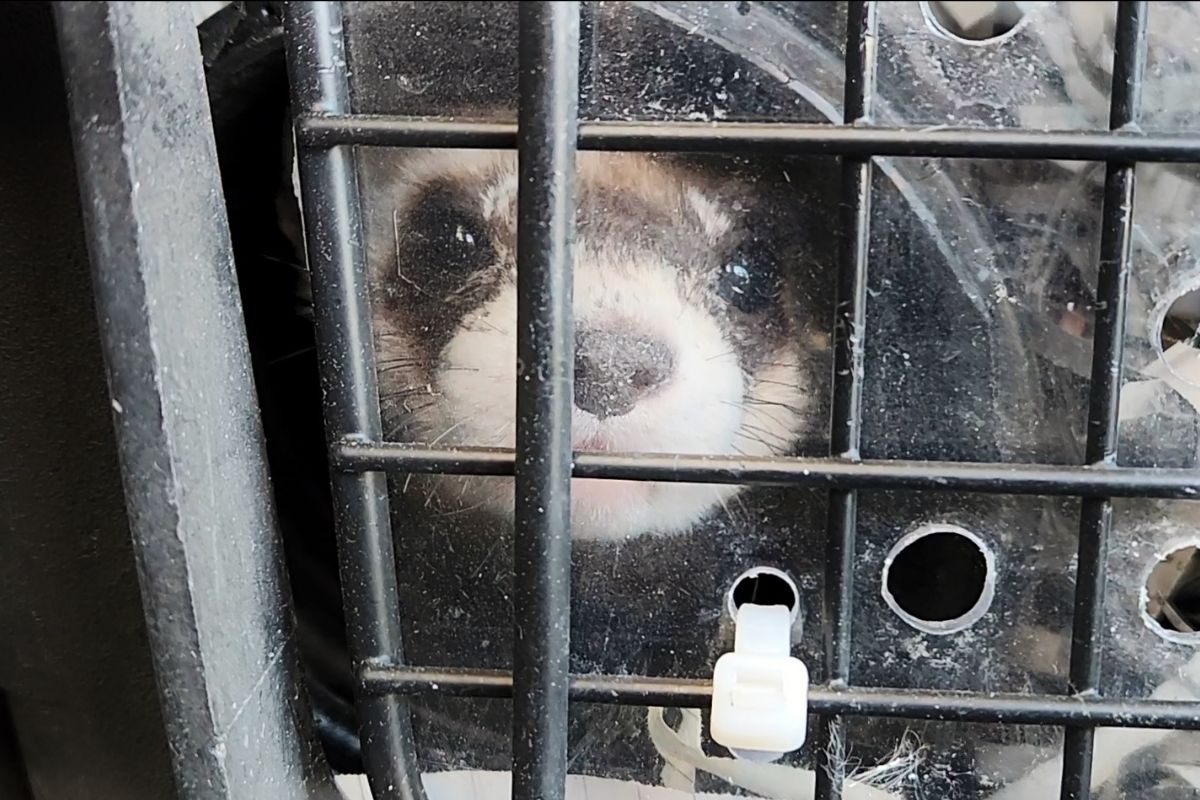
Those efforts are bolstered by the work of CPW conservation biologists who have invested extensive time and effort to monitor the colonies and distribute plague vaccine across vast prairie dog colonies in hopes of protecting the black-footed ferrets and the prairie dogs, which is their primary source of food and shelter.
In the video, Jackson notes that in the past decade, black-footed ferret releases have accelerated but they never become routine.
“To be able to put those animals back in the ecosystem where they belong - it still gives me goosebumps,” Jackson said.
Watch the Video Here:
Follow SECO News on Facebook.
Subscribe to the SECO News YouTube Channel.
Follow SECO News on Facebook.
Subscribe to the SECO News YouTube Channel.
Press releases Sponsor




.png)


.png)




.png)



.png)


.png)







